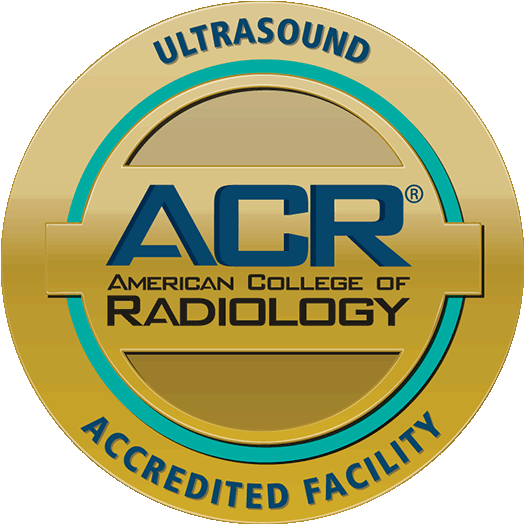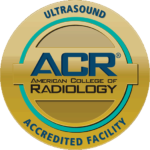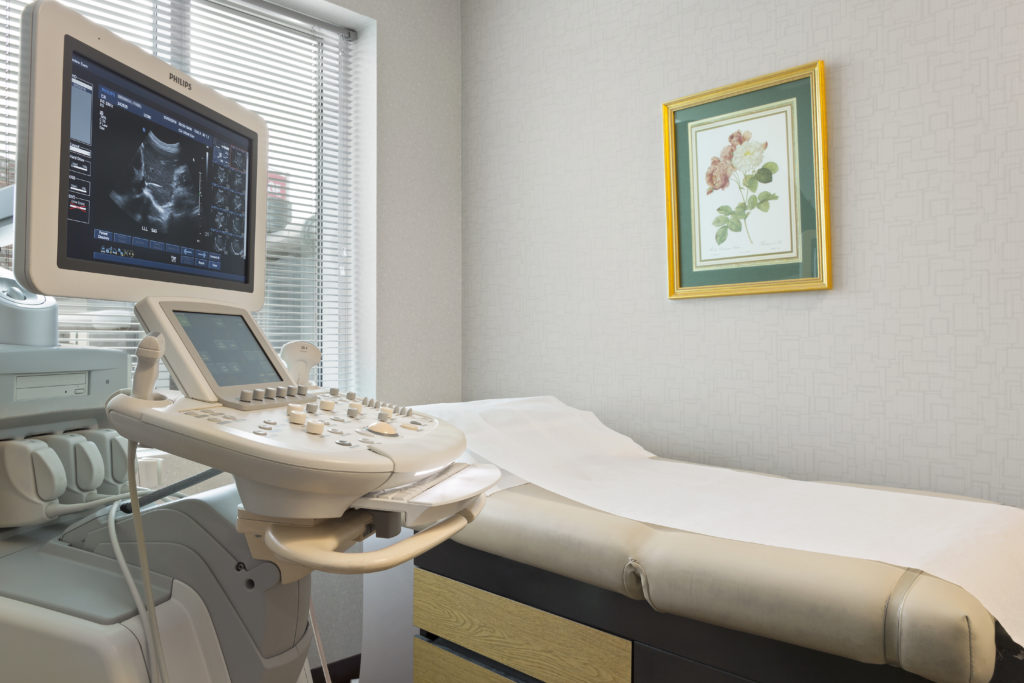
Ultrasound imaging (sonography) uses sound waves to produce pictures of the inside of the body. It is used to help diagnose the causes of pain, swelling and infection in the body’s internal organs and to examine a baby in pregnant women. It is also used to help guide biopsies, diagnose heart conditions, and assess damage after a heart attack. Ultrasound is safe, non-invasive or minimally-invasive (depending on the specific exam being performed) and does not use ionizing radiation.
During the Exam
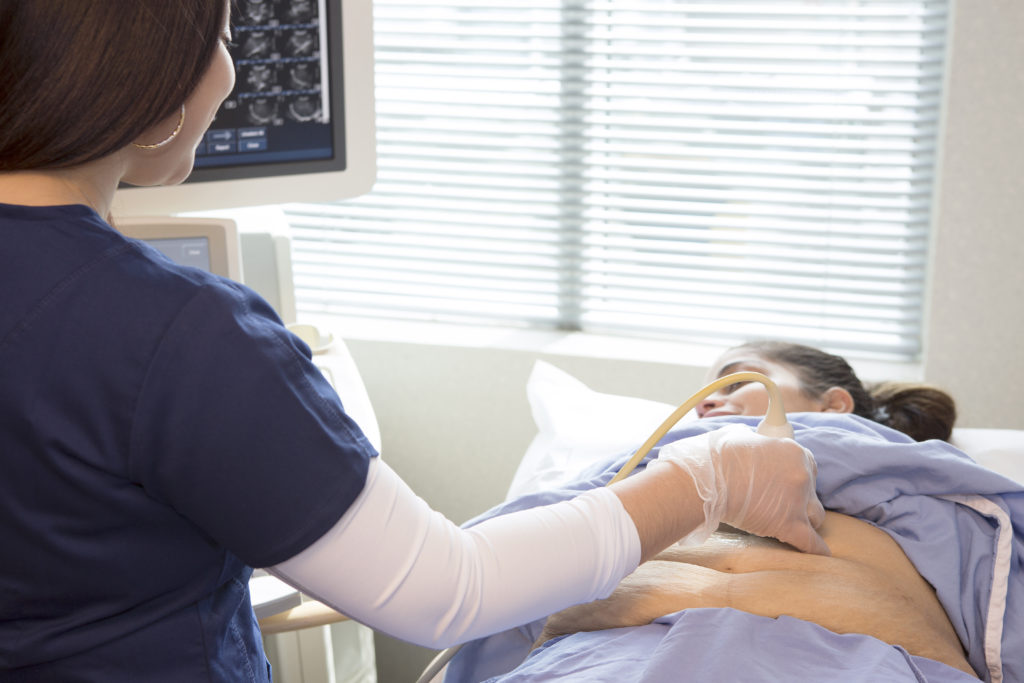
You may be asked to remove jewelry and some or all of your clothing, change into a gown and lie on an examination table. Gel is applied to your skin during the examination to allow ultrasound waves to be transmitted into and out of your body.
A trained technician (sonographer) presses a small hand-held device (transducer), about the size of a bar of soap, against your skin over the area being examined, moving it as necessary to capture the image. The transducer sends sound waves into your body, collects sound waves that bounce back and sends them to a computer, which creates the images.
Most ultrasound examinations are done using a transducer outside your body but some ultrasound examinations involve placing a device inside your body. In such cases, a transducer is attached to a probe that is inserted into a natural opening in your body. Examples of these exams include:
- Transrectal ultrasound – the transducer is inserted into a man’s rectum to view his prostate.
- Transvaginal ultrasound – the transducer is inserted into a woman’s vagina to view her uterus and ovaries.
Ultrasound is usually painless, however you may experience mild discomfort as the sonography guides the transducer over your body, especially if you are required to have a full bladder.
A typical ultrasound examination can range from 15-30 minutes.
Preparation
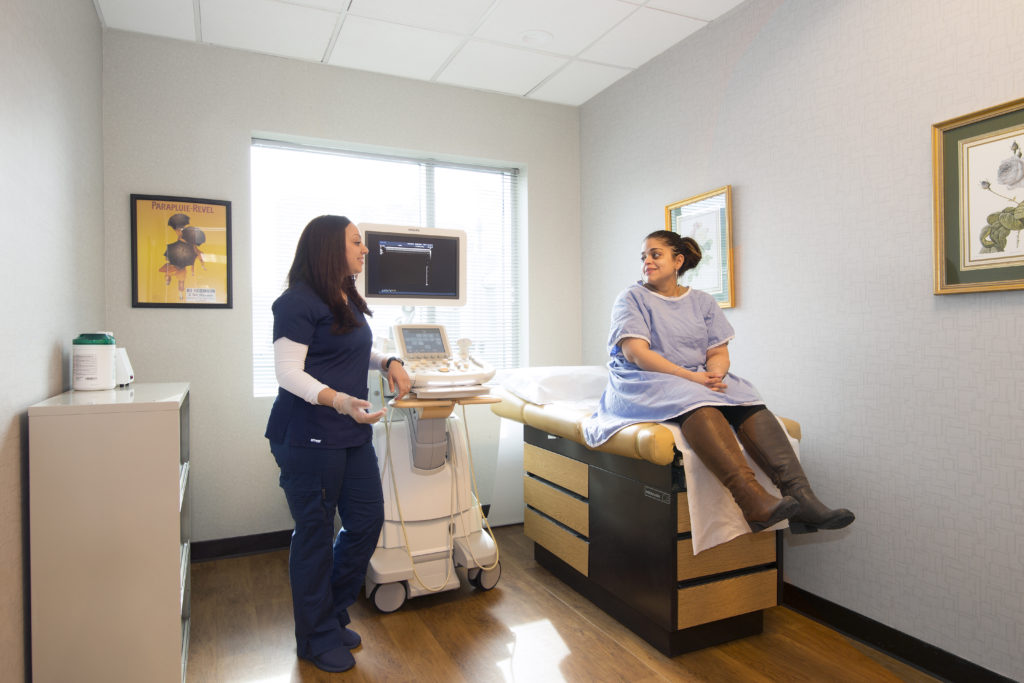
Most ultrasound exams require no special preparation with few exceptions:
- For some ultrasound exams, such as of the gallbladder, you may be asked not to eat or drink for up to 6 hours before the exam.
- Other ultrasound exams, such as of the pelvis, may require a full bladder, so you may be asked to drink up to 6 glasses of water 2 hours before the exam and not urinate until the exam is completed.
Specific instructions will be provided when scheduling your exam.
